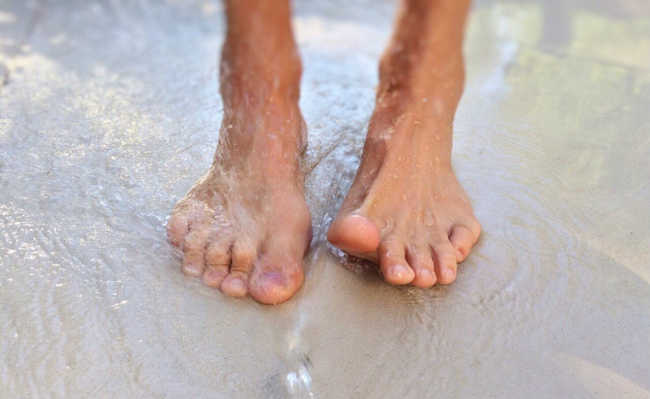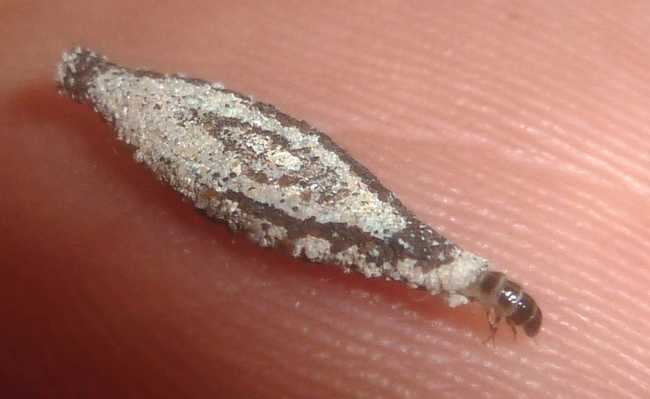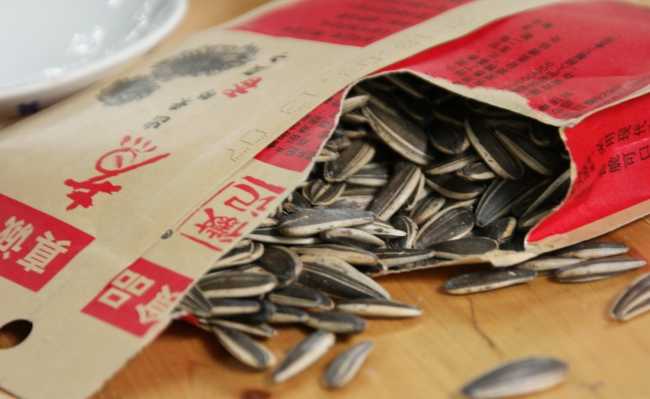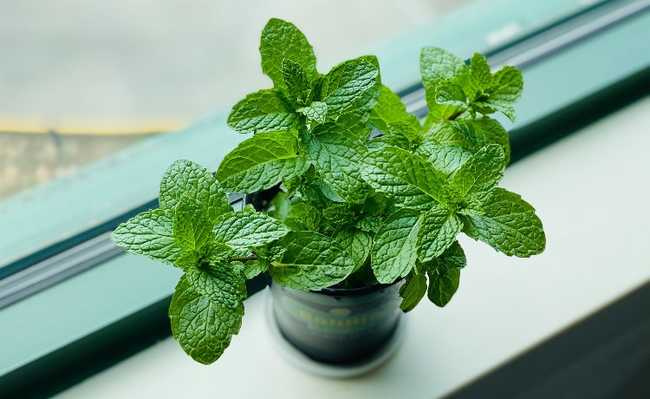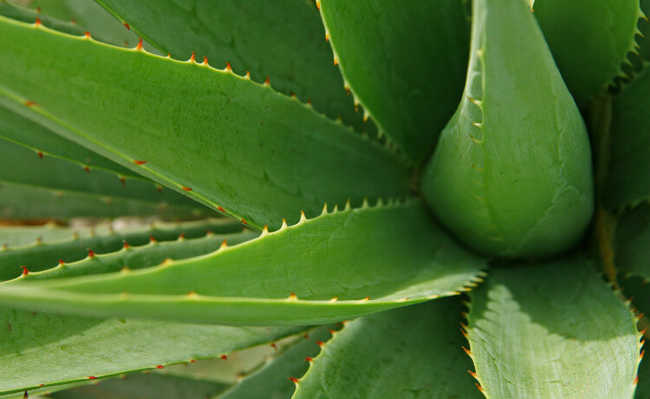What is the origin of the plastic that pollutes the oceans?
Plastic pollution that ends up in the oceans comes from seven main sources

The world's oceans are drowning in plastic. THE Ellen MacArthur Foundation estimates that, by 2050, the sea will have more weight in plastic than in fish.
Whether this is confirmed or not, we know that marine wildlife is suffering from the effects of plastic pollution. Animals often choke on floating litter and many ingest this waste, mistaking it for food. Plastic enters the food chain and it is estimated that those who regularly eat seafood ingest around 11,000 pieces of microplastic per year. Microplastic is present in tap water around the world, in salt, food, beer, in the air and also in the human body.
But where does all this plastic come from? In addition to ghost fishing, which is one of the main sources of plastic in the ocean, an article by Louisa Casson, from Greenpeace UK, and the NGO OrbMedia explain that there are some other sources: waste produced in cities, plastic microspheres, industrial leaks, washing synthetic fiber clothes, rubbing tires on the streets and incorrect disposal of acrylic paints. Check out:
1. Our garbage

You may mean well by tossing a plastic water bottle into the recycle bin, but chances are it will never be recycled. Of the 480 billion plastic bottles sold in 2016 alone, less than half were collected for recycling and, of that amount, only 7% were turned into plastic again.
The rest remain on the planet indefinitely. Some are in landfills or dumps, but it is common for the wind to carry the light plastic away from these places. Another part, often in the form of smaller pieces, enters the urban drainage network, which makes the plastic eventually reach rivers and seas. The same happens with garbage left on beaches, parks and city streets.
"Major rivers around the world carry approximately 1.15 million to 2.41 million tons of plastic into the sea every year - that's the equivalent of up to 100,000 garbage trucks," says Casson.
2. Exfoliants

Many cosmetics and skin care products contain small pieces of plastic. Most scrubs and even some toothpastes can contain plastic microspheres. After use, these tiny balls go down the drain and, even in places with sewage treatment, are not retained in the filtering process. Treated sewage water is loaded with microplastic, reaching rivers and seas. In this environment, the microplastic is ingested by small fish and incorporated by plankton. Understand this theme better in the article: "Understand the environmental impact of plastic waste on the food chain".
3. Industrial leakage

Have you ever heard of nurdles ? They are small plastic pellets used in the manufacture of almost all plastic items. Unlike plastic waste that decomposes into microplastic , nurdles they are already made with a reduced size (approximately 5 mm in diameter). They are the most cost-effective way to transfer large amounts of plastic to end-use material manufacturers around the world. To give you an idea, in the United States alone, around 27 billion kilograms of nurdles per annum.
The problem is that ships and trains accidentally dump these plastic pellets into the sea and onto roads. Sometimes, a part that is left over from production is not treated properly. If a few thousand nurdles fall into the sea or on a highway, it is practically impossible to clean them. In a survey conducted in early 2017, they found nurdles on 75% of UK beaches.
4. Washing clothes

Another big problem that is just beginning to draw public attention is microfiber - synthetic fabrics release tiny plastic fibers with every wash.
Did you know that synthetic textile fibers, like polyester, are made from plastic? The problem is that during the washing of these synthetic fiber clothes, through mechanical shock, the microplastic is released and ends up being sent to sewers, ending up in the environment and in water bodies, such as the ocean itself.
5. Air

Plastic synthetic fabric textile fibers will also end up in the air. A 2015 study conducted in Paris showed that, each year, around three to ten tons of plastic fibers reach the surface of cities. One of the explanations is that just the friction of one member with the other, in people wearing clothes made of synthetic plastic fibers, would be enough to disperse the microplastic in the atmosphere. This microplastic dust can be inhaled, end up in the sea, join the steam or go to deposit in your coffee cup and on your plate of food, for example.
6. Tire friction

Tires on cars, trucks and other vehicles are made from a type of plastic called styrene butadiene. When driving on the streets, the friction of these tires with the asphalt generates 20 grams of microplastic emission for every 100 kilometers traveled. To give you an idea, in Norway alone, one kilo of tire microplastic is issued per year per person.
7. Latex and acrylic paints

The paint used in homes, land vehicles and ships breaks off through the elements and ends up in the ocean, forming a blocking layer of microplastic on the ocean surface.
To this, we can add latex and acrylic paints used in handicrafts and brushes washed in sinks.
- How to dispose of ink
9. Ghost fishing

According to a report made by the NGO World Animal Protection, 10% of all plastic waste in the ocean comes from ghost fishing. It is estimated that, in Brazil alone, ghost fishing affects around 69,000 marine animals per day, which are usually whales, sea turtles, porpoises (the most endangered species of dolphin in the South Atlantic), sharks, rays, groupers, crabs, lobsters and coastal birds.
And the solution?
Plastic ocean pollution is the result of a deeply ill-structured system, in which the manufacture of a non-biodegradable product may continue to go unchecked. Although recycling is possible, there is no assurance that the waste will be recycled (recycling cannot be counted on in this case, as only 9% of all plastic produced since the 1950s has been recycled).
Finding a solution requires getting to the source of the problem. Governments need to take this into account. Costa Rica, for example, has pledged to eliminate all single-use (disposable) plastic by 2021. Companies must be responsible for the complete lifecycle of their products, including collection and reuse. According to the The Guardian, brands are hostile to the use of recycled plastic for aesthetic reasons - another type of barrier that needs to be broken.

Ongoing consumer campaigns that educate people about the impact of disposable plastic on the oceans are needed. It is necessary to avoid products with unnecessary packaging, charge companies to change their attitudes and bet on reuse. Shops and markets should receive government incentives to offer restock options without new packages, and so on... Ideas exist and it is important that they are put into practice before the seas are increasingly swallowed up by plastics.
If you want to know how you can reduce your use of plastic, check out the article "How to reduce plastic waste in the world? Check out must-see tips". To properly dispose of your waste or send it to certified recycling, check the collection points closest to your home.

